Trout fishing is a cherished pastime for anglers worldwide, blending the thrill of the catch with the tranquility of nature. Setting up a spinning rod tailored for trout fishing requires careful consideration of gear and technique. From selecting the right rod and reel to choosing appropriate line weight and lures, every element plays a crucial role in enhancing your chances of a successful outing.
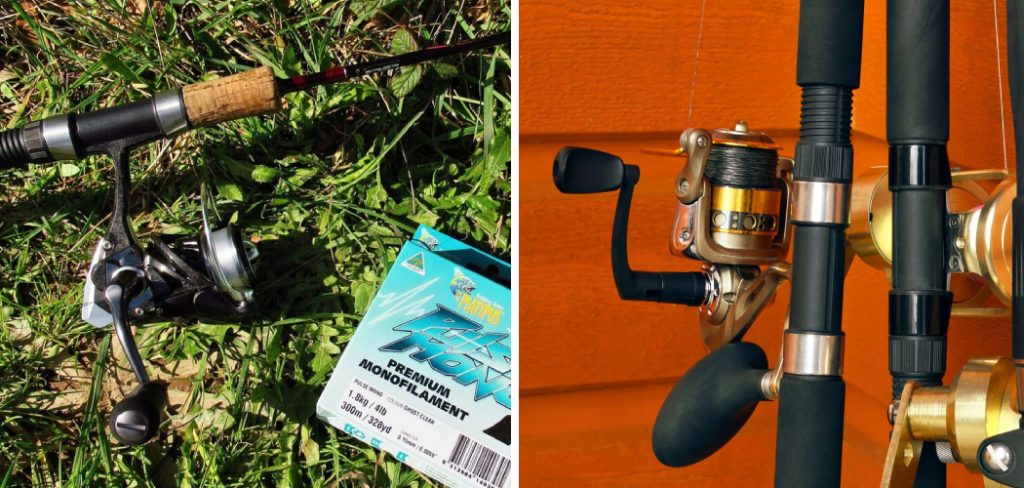
Understanding the specific needs of trout, such as their preferred habitats and feeding patterns, is essential for optimal setup. Additionally, mastering casting techniques and adjusting your setup according to environmental conditions can significantly impact your fishing experience. In this guide, we’ll delve into how to set up a spinning rod for trout fishing, offering insights and tips to help both novice and seasoned anglers maximize their enjoyment and success on the water. Whether you’re targeting rainbow, brown, or brook trout, a well-prepared spinning rod setup is your key to unlocking unforgettable fishing adventures.
Importance of Properly Setting Up a Spinning Rod
The importance of properly setting up a spinning rod for trout fishing cannot be overstated. A correctly configured setup not only enhances the angler’s control over the rod and reel, but it also increases the precision of casts and the effectiveness of lure presentation. This accuracy is crucial when aiming for trout, as these fish are known for their keen senses and selective feeding habits.
Furthermore, a well-balanced setup reduces fatigue, allowing anglers to fish for longer periods comfortably. It also minimizes the risk of line tangling and equipment failure, which can be especially frustrating when a potential catch is on the line. Ultimately, taking the time to thoroughly understand and apply the principles of setting up a spinning rod can dramatically improve the chances of a successful and enjoyable trout fishing experience.
Understanding Your Spinning Rod
Before setting up your spinning rod for trout fishing, it is essential to understand the components and characteristics that make a spinning rod suitable for capturing trout. The key elements to consider include the rod’s length, power, action, and material.
- Length: A spinning rod for trout typically ranges from 5 to 8 feet. Shorter rods offer greater accuracy for casting in tight spots, while longer rods provide extended casting distance and better line control.
- Power: Power refers to how much force is needed to bend the rod. For trout fishing, a light to ultralight rod is often preferred, as it allows for the use of lighter lines and more delicate presentations.
- Action: The action of a rod indicates where it bends. Fast action rods bend primarily near the tip, while slow action rods bend down into the handle. A fast to medium action is ideal for trout fishing, offering a good balance between sensitivity for detecting bites and stiffness for setting the hook.
- Material: Most spinning rods are made from graphite, fiberglass, or a combination of both. Graphite rods are lighter and more sensitive, making them excellent for feeling subtle trout bites. Fiberglass rods are more durable and provide a bit more flexibility, which can be beneficial when fighting a fish.
Understanding these characteristics will help you select a spinning rod that best suits your trout fishing needs, ensuring that you have the right tool for a successful and enjoyable experience on the water.
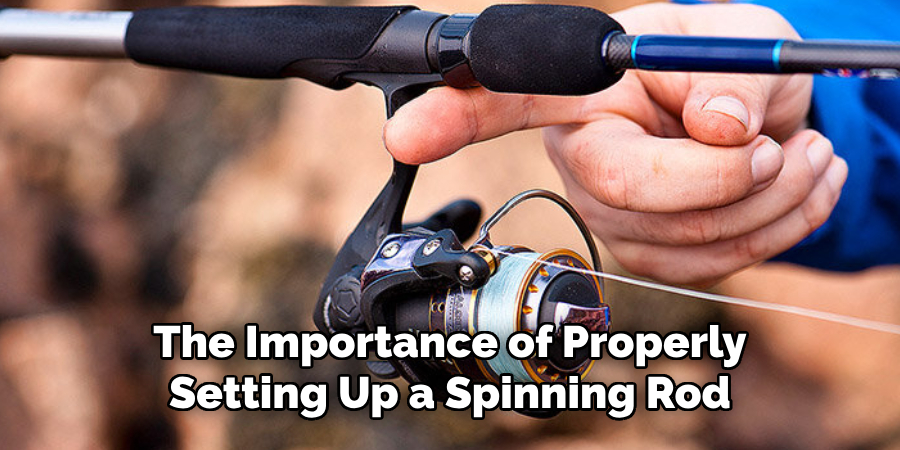
Components of a Spinning Rod
The spinning rod is an intricate piece of equipment composed of several key components, each serving a vital role in its operation and effectiveness for trout fishing. Understanding these components is essential for any angler looking to optimize their setup for the best possible fishing experience. Here is a breakdown of the primary components of a spinning rod:
- Rod Blank: The main body of the spinning rod, typically made from graphite, fiberglass, or a composite of both materials. Its design and material determine the rod’s action, power, and sensitivity.
- Guides: These are the circular rings that run along the length of the rod blank, through which the fishing line is threaded. They help distribute the load along the rod and keep the line in place, minimizing friction for smoother casts and retrieves.
- Tip Top: The guide at the very end of the rod is known as the tip top. It is crucial for detecting bites and plays a significant role in the rod’s responsiveness.
- Reel Seat: Located above the handle, the reel seat is where the fishing reel is attached to the rod. It must be sturdy and securely hold the reel to ensure optimal performance and reliability.
- Handle/Grip: The part of the rod you hold onto, which can be made from various materials like cork, foam, or composite. The handle’s design affects comfort and control during casting, retrieving, and fighting fish.
- Hook Keeper: A small loop or ring where you can secure your hook when the rod is not in use, preventing tangles and making transportation easier.
Each of these components plays a critical role in the overall performance of a spinning rod. By selecting a rod with high-quality components suited to your fishing style and the conditions you face, you can enhance your efficiency, comfort, and success in trout fishing.
Types of Spinning Rods Suitable for Trout Fishing
When it comes to trout fishing, selecting the right type of spinning rod is crucial for a fruitful experience. The vast array of spinning rods on the market can be overwhelming, but understanding the specific needs of trout fishing can guide you to the perfect choice. Here are some types of spinning rods that are particularly suitable for trout fishing:
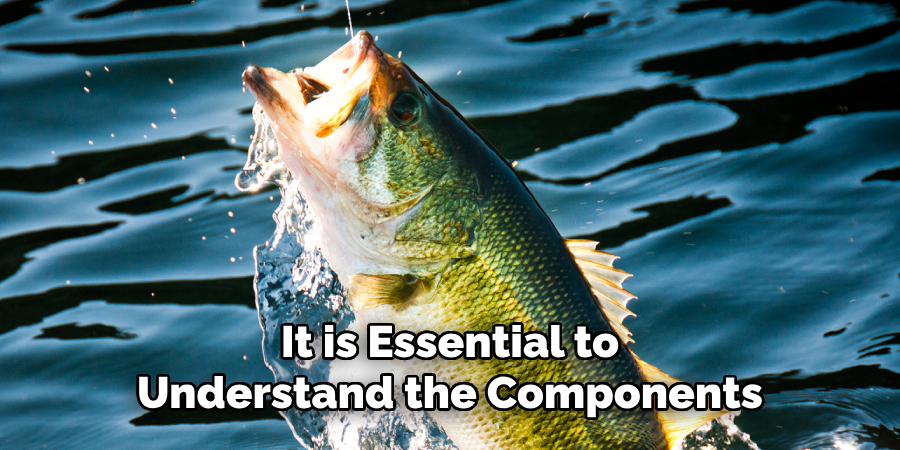
- Ultralight Spinning Rods: These rods are the quintessential choice for trout anglers. Their lightweight design and high sensitivity make them perfect for casting small lures and detecting the subtlest of bites, which is essential when targeting trout. Ultralight rods typically range from 4.5 to 6 feet in length and are best used with light lines and delicate baits.
- Light Spinning Rods: A step up from ultralight, light spinning rods offer a bit more versatility without sacrificing much sensitivity. They can handle slightly heavier lures and lines, making them suitable for a broader range of trout fishing scenarios. Light spinning rods usually measure between 5.5 and 7 feet and are ideal for anglers looking for a balance between performance and flexibility.
- Travel Spinning Rods: For anglers on the go, travel spinning rods are designed to be portable without compromising on quality. These rods typically come in multi-piece configurations, making them easy to pack and transport. Despite their compact size when disassembled, travel spinning rods deliver solid performance and can be excellent companions on trout fishing trips, especially in remote locations.
- Specialty Spinning Rods: Some spinning rods are designed with specific trout fishing techniques in mind, such as trolling or using specific types of bait. These rods may have particular actions, lengths, or features that optimize them for these specialized techniques, providing anglers with an added edge.
Choosing the right type of spinning rod will depend on your preferred fishing techniques, the trout species you’re targeting, and the water bodies you’re fishing in. Whether you opt for an ultralight rod for finesse fishing in streams or a specialty rod for specific scenarios, selecting a rod that feels comfortable and matches your fishing style is paramount. With the right spinning rod in hand, you’re well on your way to a successful and enjoyable trout fishing adventure.
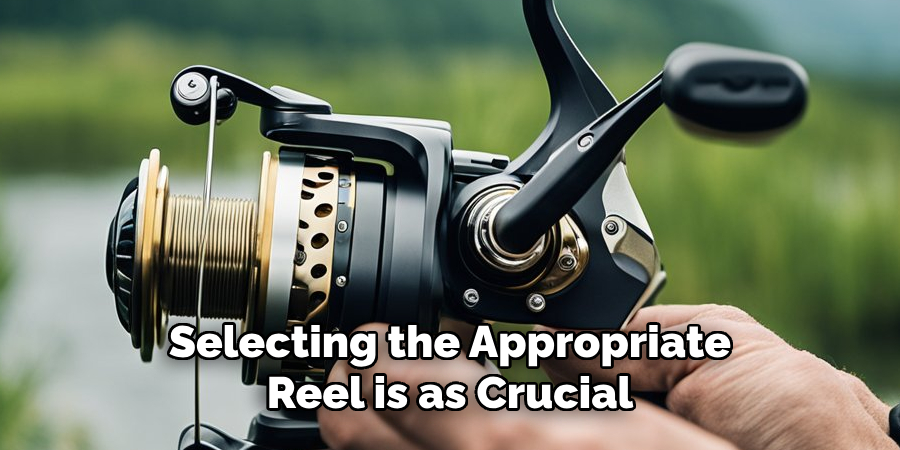
Choosing the Right Reel
Selecting the appropriate reel is as crucial as choosing the right spinning rod for trout fishing. The reel not only houses your fishing line but also plays a pivotal role in casting, retrieving, and ultimately landing the fish. Here are key factors to consider when deciding on a reel for trout fishing:
- Size: The reel size should complement your rod and the type of fishing line you intend to use. For trout fishing, especially with ultralight or light spinning rods, a smaller reel in the 1000 to 2500 series is often ideal. These sizes balance well with lighter rods and are suitable for the fine lines typically used in trout fishing.
- Drag System: A smooth and reliable drag system is essential for effectively managing the fight with a trout, known for its sudden runs and energetic fights. Look for reels with a front drag system, as they generally offer more precision and durability. Ensure the drag is easily adjustable, even in the midst of a struggle.
- Gear Ratio: This defines how many times the spool turns for each handle turn. A medium gear ratio of around 5.2:1 to 6.2:1 is versatile for trout fishing, offering a good balance between retrieval speed and torque. This range allows for efficient lure presentation and effective control over the catch.
- Ball Bearings: The quantity and quality of ball bearings in a reel determine its smoothness and stability. Reels with more ball bearings tend to operate more smoothly, which is beneficial for casting and retrieving. However, the quality of bearings is often more important than quantity. Look for reels with shielded or sealed bearings for longevity and performance.
- Material and Construction: Durability and weight are significant factors influenced by the reel’s materials. Aluminum reels are robust and offer longevity, while graphite reels are lighter and corrosion-resistant, making them a good choice for freshwater fishing like trout. The ideal pick depends on your balance preference between durability and ease of use.
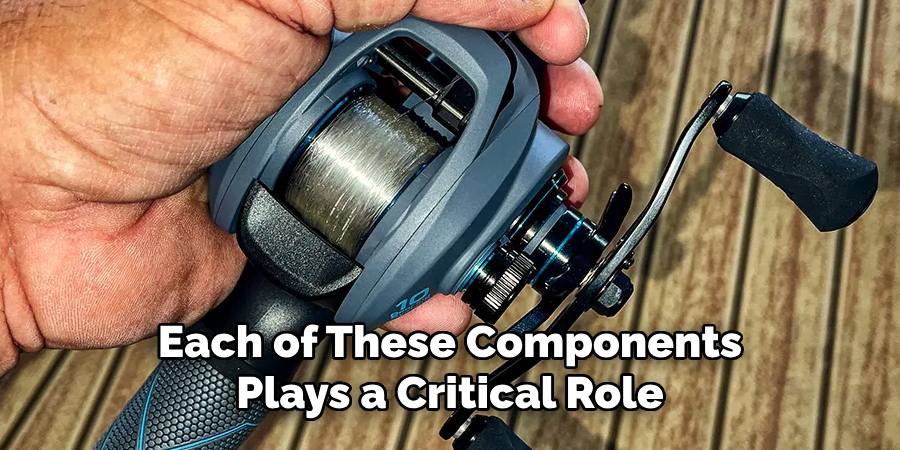
Choosing the right reel enhances not only your experience but also your success rates in trout fishing. It complements your spinning rod, creating a balanced and efficient setup that allows for precise casting, effective lure presentation, and enjoyable fights with your catches. With the right reel, you’re better equipped to enjoy the nuances of trout fishing, making each outing more productive and rewarding.
10 Methods How to Set up a Spinning Rod for Trout Fishing
1. Choosing the Right Rod and Reel Combination:
Start by selecting a spinning rod and reel combo that is suitable for trout fishing. For trout, a light to ultralight spinning rod ranging from 5 to 7 feet in length is ideal. Pair this with a spinning reel of appropriate size (usually in the 1000 to 2500 range) that matches the rod’s specifications.
2. Selecting the Proper Fishing Line:
Opt for a quality fishing line that matches the rod and reel setup. Monofilament lines ranging from 2 to 6-pound test are commonly used for trout fishing. Alternatively, fluorocarbon lines provide better sensitivity and are virtually invisible underwater, making them suitable for clear water trout fishing.
Braided lines are also a popular choice, as they offer superior strength and sensitivity compared to monofilament or fluorocarbon lines. While selecting the right fishing line, it is also important to consider the type of fish you are targeting and the water conditions.
3. Choosing the Right Lures and Baits:
Depending on the trout species and water conditions, select appropriate lures or baits. Common trout lures include spinners, spoons, small crankbaits, and soft plastic jigs. Natural baits such as worms, minnows, and insects can also be effective, especially for bait fishing. Although there are no hard and fast rules when it comes to choosing lures and baits, here are some general tips to help you make the best choice for your next trout fishing trip.
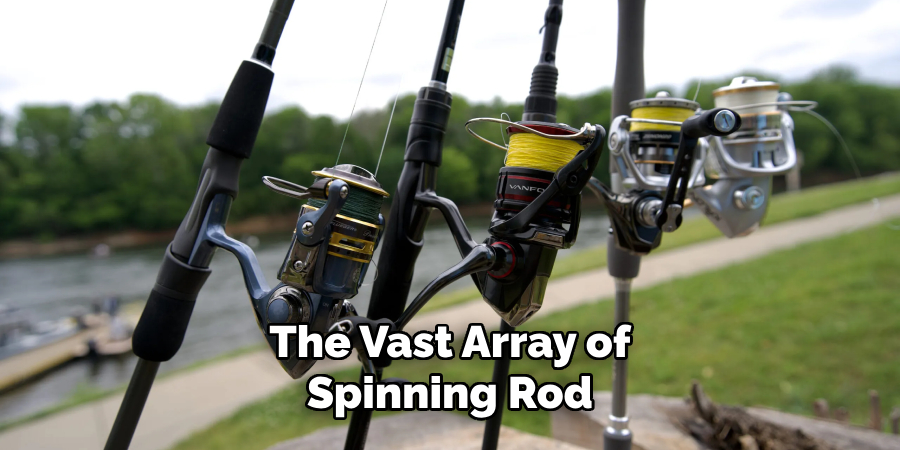
4. Setting Up the Reel:
Before spooling the reel, attach the reel to the rod securely. Then, spool the reel with the chosen fishing line. Make sure to spool the line evenly and under appropriate tension to prevent line twists and tangles during casting.
5. Adjusting the Drag Settings:
Set the drag on your spinning reel according to the line’s strength and the targeted trout species. The drag should be tight enough to handle the fish’s initial runs but not too tight to risk breaking the line.
You can adjust the drag by turning the knob located at the top of your reel. Turning it clockwise will tighten the drag, and turning it counterclockwise will loosen it. It’s important to test out different settings before you start fishing to ensure that you have the proper amount of tension on your line.
6. Choosing and Tying the Leader:
Attach a fluorocarbon leader to the end of your main fishing line using a suitable knot like the double uni knot or the surgeon’s knot. The leader helps to reduce visibility and provides better abrasion resistance, especially in clear water or around structure. It also allows for easier lure movement and improves casting distance.
Some factors to consider when choosing a leader include its length, diameter, and strength. The general rule of thumb is to use a leader that is about two times the length of your rod. For example, if you have a 7-foot rod, use a 14-foot leader. This ensures that the leader is long enough to prevent the fish from seeing your main line, but not too long that it becomes difficult to manage.
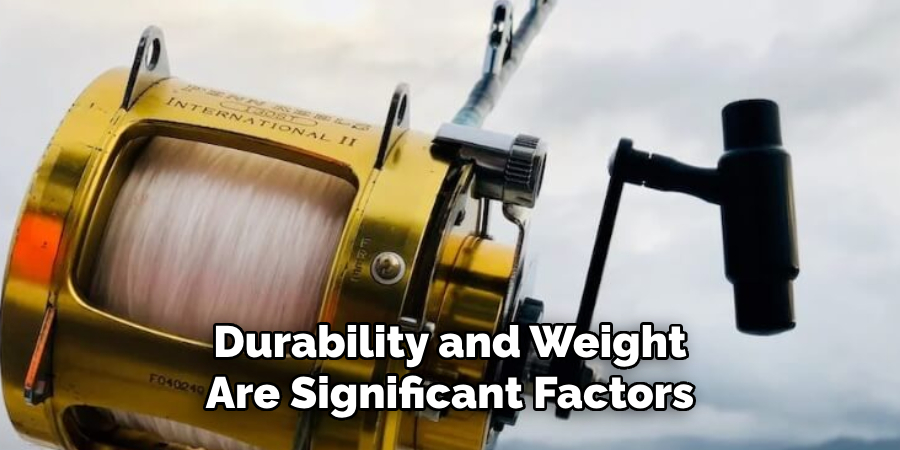
7. Selecting the Right Terminal Tackle:
Depending on your chosen fishing technique (e.g., bait fishing, lure fishing), select appropriate terminal tackle such as hooks, swivels, and weights. For lure fishing, use small treble hooks or single hooks that match the size of your lures. For bait fishing, you can use larger hooks with different designs (e.g., circle hooks, J-hooks) depending on the type of bait and fish species you are targeting.
Swivels are an important component of terminal tackle as they prevent your line from twisting and tangling. Choose high-quality swivels that can handle the weight of your catch without breaking or bending.
8. Understanding Trout Behavior and Habitat:
Before heading out, research the trout species you’re targeting and their preferred habitat. Trout are often found in cool, oxygen-rich waters with cover like rocks, fallen trees, or submerged vegetation. Adjust your setup and fishing approach accordingly.
9. Mastering Casting Techniques:
Practice different casting techniques such as overhead casting, sidearm casting, and pitching to effectively present your bait or lure to trout. Accuracy and stealth are key when casting to wary trout in clear water.
10. Adapting to Environmental Conditions:
Finally, be adaptable to changing environmental conditions such as water clarity, temperature, and weather. Adjust your setup, lure choice, and fishing location based on these factors to maximize your chances of hooking into a trophy trout.
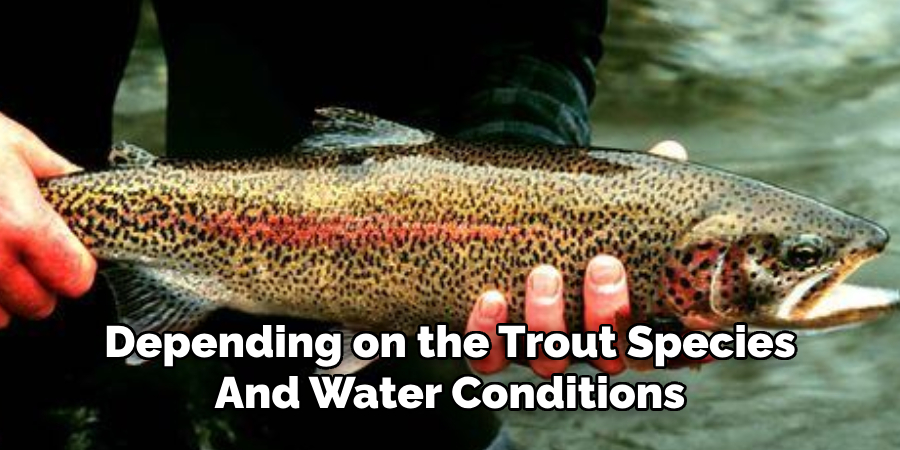
Conclusion
In conclusion, mastering the art of setting up a spinning rod for trout fishing is essential for maximizing your success on the water. By understanding the components of your rod and reel, selecting the right equipment, and properly rigging your setup, you can enhance your chances of landing that prized trout.
Adjusting settings such as drag tension and anti-reverse ensures smooth casting and retrieval, while employing various techniques like different casting styles and retrieval methods adds versatility to your approach. Furthermore, regular maintenance and care of your gear prolong its lifespan and performance. Remember, practice makes perfect, so don’t hesitate to experiment with different setups and techniques to find what works best for you. Thanks for reading, and we hope this has given you some inspiration on how to set up a spinning rod for trout fishing!
About the Author
Jennifer Branett is the author of Fishy Kayak and an expert in fish-related fields, with over 10 years of experience. Her work blends passion for fishing with a commitment to conservation.
Educational Background
Degree: Bachelor’s in Marine Biology
Institution: University of California, Santa Barbara
Specializations: Aquatic ecosystems, fish behavior, and sustainable practices
Professional Experience
Conservation Projects:
Collaborated with local organizations to restore aquatic habitats
Developed educational programs on sustainable fishing practices
Publications:
Authored articles for fishing magazines and environmental journals
Featured speaker at fishing expos and conservation conferences
Key Areas of Expertise
Fishing Techniques:
Kayak fishing strategies
Freshwater and saltwater fishing methods
Environmental Stewardship:
Advocacy for sustainable fishing
Promoting biodiversity in aquatic environments
Awards and Recognition
Recipient of the [Specific Award Name] for contributions to marine conservation
Recognized as a leading voice in the fishing community by [Organization/Publication Name]
Community Engagement
Workshops and Seminars:
Regularly hosts events to educate anglers on sustainable practices
Engages with youth programs to inspire the next generation of fishers
Online Presence:
Maintains an active blog sharing tips, stories, and conservation efforts
Engages with followers on social media to promote fishing ethics
Personal Interests
Enjoys kayaking in scenic locations
Passionate about photography, capturing the beauty of nature
Advocates for local conservation efforts in her community
